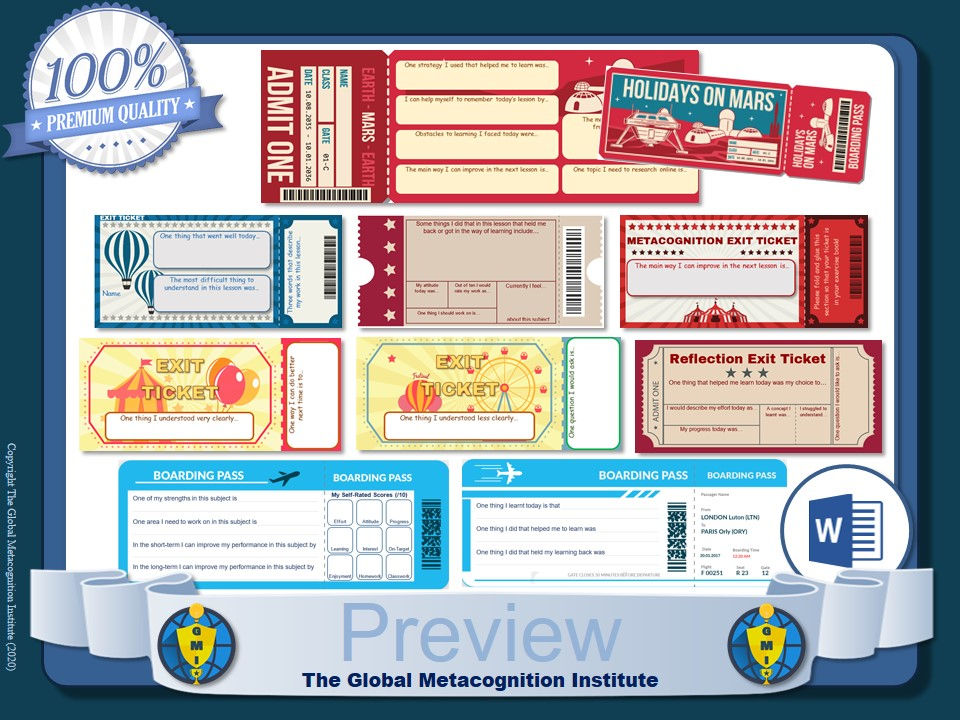As a teacher, you're always looking for ways to improve your students' learning experience. One approach that has gained popularity in recent years is DIRT – Dedicated Improvement & Reflection Time. In this article, we'll explain what DIRT is, the different forms it might take, why it's useful, and how you can help your students get the most out of DIRT in their lessons.
What is DIRT?
DIRT is a dedicated period of time within a lesson or series of lessons where students are given the opportunity to reflect on their work and improve it. During DIRT time, students are encouraged to review their work, identify areas for improvement, and make changes or revisions. This can be done independently or with the guidance of the teacher.
20 Tips & Tricks for Effective DIRT
These tips & tricks will help you to get the most out of DIRT time in your lessons and are geared towards nurturing more reflective and independent learners:
Give clear instructions: Make sure students understand the purpose of DIRT and what's expected of them during this time. This will help them to focus their efforts and make the most of the opportunity to improve.
Model reflection: As the teacher, model reflection and encourage students to do the same. Share your own thought process and reasoning, and encourage students to explain how they arrived at their conclusions.
Provide examples: Provide examples of high-quality work and help students understand what they need to do to achieve this level of quality. This will give them a clear benchmark to work towards.
Encourage self-assessment: Encourage students to assess their own work and identify areas where they could improve. This will help them to become more self-aware and take ownership of their learning.
Set achievable goals: Help students set realistic goals for improvement and encourage them to monitor their progress towards these goals.
Use feedback: Use feedback from assessments or previous DIRT sessions to guide students in their reflection and improvement.
Foster a growth mindset: Encourage students to see mistakes as opportunities for growth and improvement, rather than as failures.
Give time for reflection: Allow adequate time for reflection and improvement during DIRT sessions, so students don't feel rushed or pressured.
Provide prompts: Provide prompts or questions to guide students in their reflection and improvement. This can help students to focus their thinking and identify areas for improvement.
Emphasize effort over outcome: Encourage students to focus on their effort and progress, rather than just the final outcome.
Use peer feedback: Encourage students to provide feedback to one another and use this feedback to guide their reflection and improvement.
Celebrate success: Celebrate the successes that students have achieved during DIRT sessions. This can motivate them to continue to improve.
Encourage creativity: Encourage students to think creatively and come up with innovative solutions to problems.
Encourage risk-taking: Encourage students to take risks and try new things. This can help them to overcome their fear of failure and become more independent learners.
Promote critical thinking: Encourage students to think critically about their work and identify areas where they can improve.
Use varied activities: Use a variety of activities to promote reflection and improvement, such as self-assessment, peer feedback, goal setting, and reflective writing.
Encourage metacognition: Encourage students to think about their thinking and reflect on their learning process.
Give autonomy: Give students autonomy over their learning and encourage them to take responsibility for their progress.
Provide support: Provide support and guidance when needed, but encourage students to work independently as much as possible.
Create a culture of reflection: Create a classroom culture that values reflection and improvement. This can help to create more independent and reflective learners who take ownership of their learning.
Why is DIRT Useful?
DIRT is an effective way to help students improve their learning and retention of information. By giving them the opportunity to reflect on their work, students are more likely to remember what they've learned and apply it to future assignments. Additionally, DIRT can help students to develop critical thinking skills, self-reflection, and self-motivation.
Furthermore, DIRT can also help reduce workload pressure and support differentiated instruction. In other words, students who may not have understood the lesson the first time around can use DIRT to catch up, while those who need more of a challenge can use DIRT to work on more complex tasks.
How to Help Students Get the Most Out of DIRT
While DIRT can be a valuable tool, it's important to ensure that students know how to use it effectively. Here are some tips for helping your students get the most out of DIRT:
Provide Clear Instructions: Students need to know what's expected of them during DIRT time. Make sure they understand the goals and expectations of the assignment.
Provide Examples: Give students examples of what you're looking for during DIRT time. This will help them to understand the process and what's expected of them.
Monitor Progress: Check in with students during DIRT time to ensure they're on track and making progress.
Encourage Reflection: Emphasize the importance of reflection during DIRT time. Encourage students to think deeply about their work and identify areas for improvement.
Celebrate Success: When students make improvements during DIRT time, celebrate their success. This will help to motivate them to continue to improve.
Conclusion
DIRT is a valuable tool for helping students improve their learning and retention of information. By providing students with dedicated time for reflection and improvement, they're more likely to remember what they've learned and apply it to future assignments. As a teacher, it's important to provide clear instructions and examples, monitor progress, encourage reflection, and celebrate success. By doing so, you'll help your students get the most out of DIRT time and achieve their full potential.
We've released a set of worksheets to help you structure DIRT and help students get the most out of their reflection time in your lessons. Click here to have a look and download them!

















































Comments